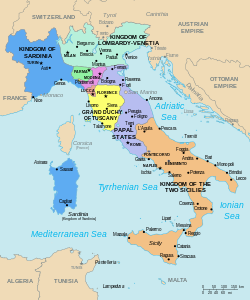This article needs additional citations for verification .(November 2025) |
| Supreme Order of Christ Ordine Supremo del Cristo | |
|---|---|
 Star and badge of the Order of Christ | |
| Awarded by the | |
| Type | Papal order of knighthood |
| Established | 1319 |
| Eligibility | Catholic heads of state |
| Awarded for | Services to the Church |
| Status | Dormant order |
| Grand Master | Pope Leo XIV |
| Grades | Knight |
| Precedence | |
| Next (higher) | None (highest); clerics, such as theologians, philosophers, or diplomats, can be named Cardinals or Bishops for meritorious services to the Pope and the Holy See, without being given an actual office |
| Next (lower) | Order of the Golden Spur |
| Ribbon bar of the order | |
The Supreme Order of Christ (Italian : Ordine Supremo del Cristo) is the highest order of chivalry that can be awarded by the Pope. No appointments have been made since 1987 and following the death in 1993 of the last remaining knight, King Baudouin of the Belgians, the order became dormant.
Contents
According to some scholars,[ who? ] it derives from the Order of Christ of the Knights Templar, like the Portuguese Military Order of Christ.
